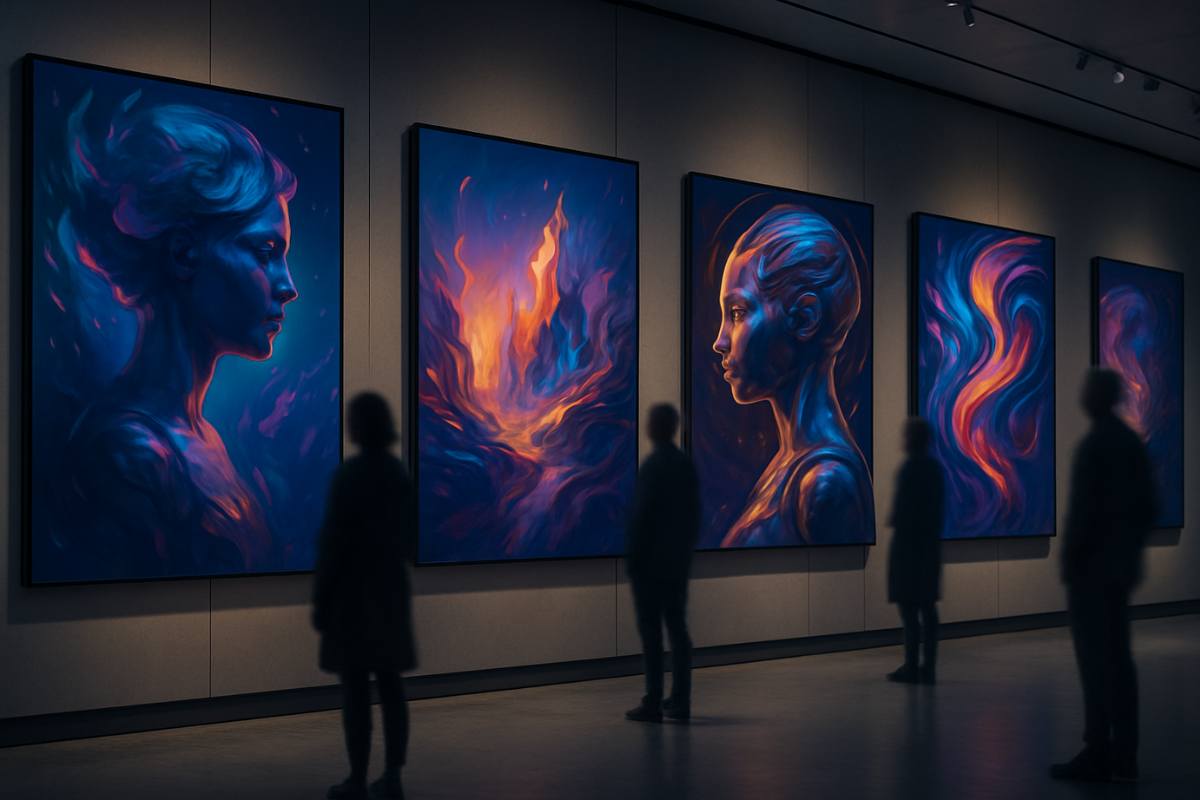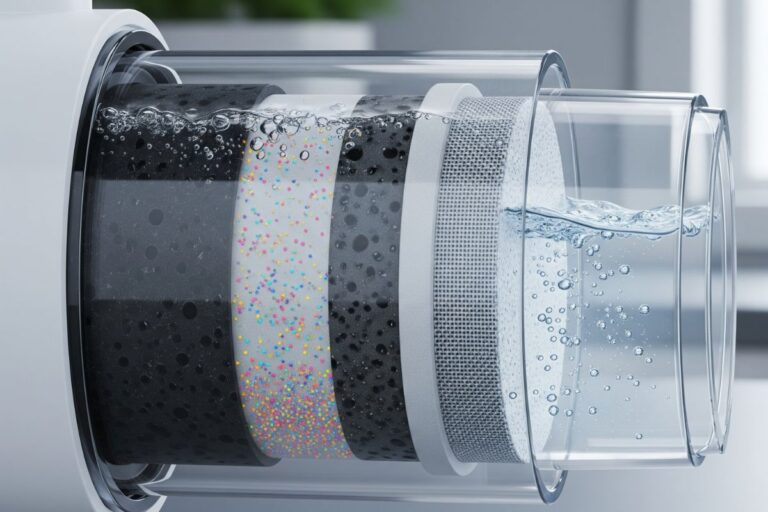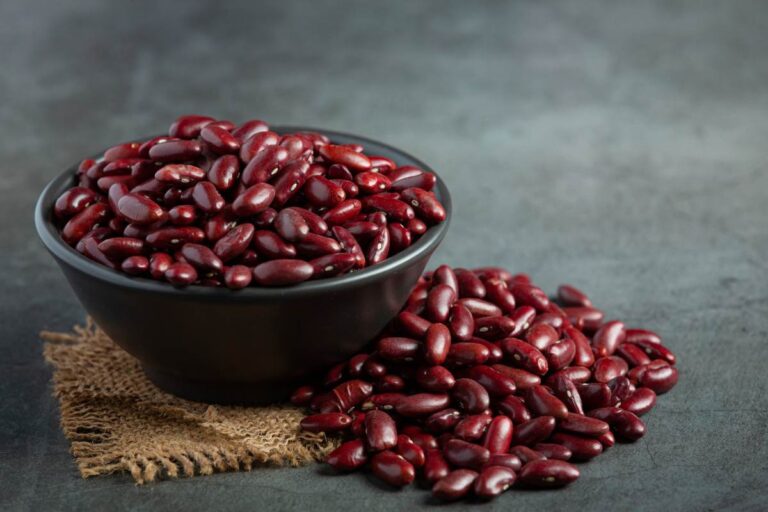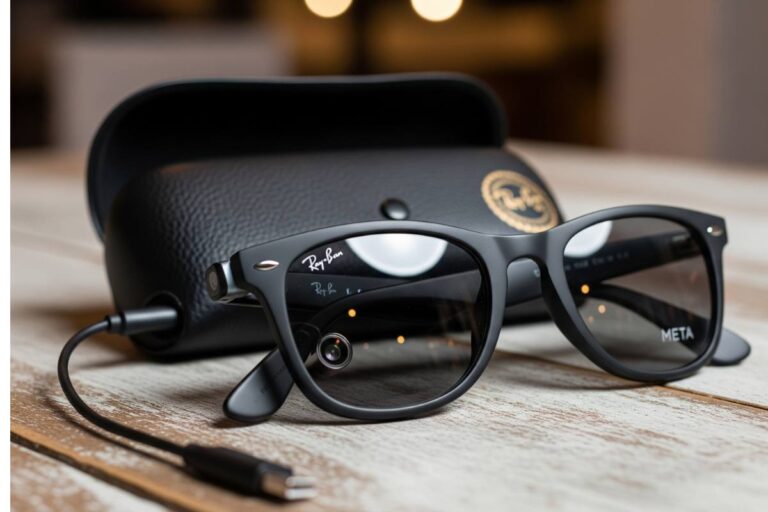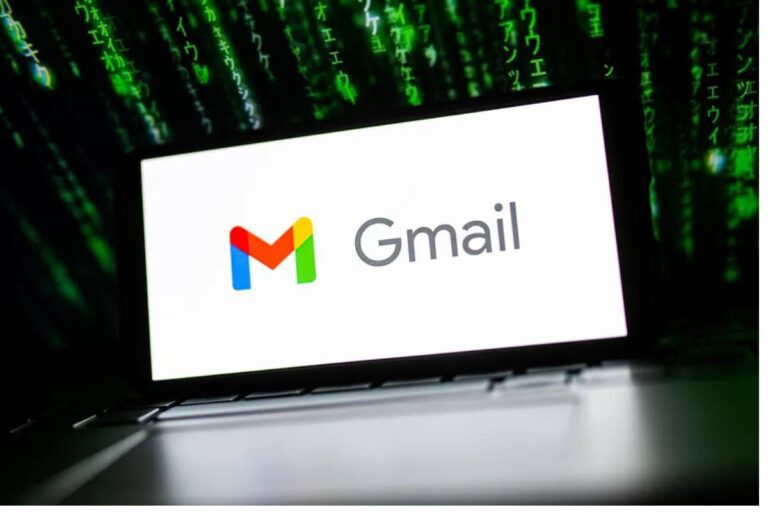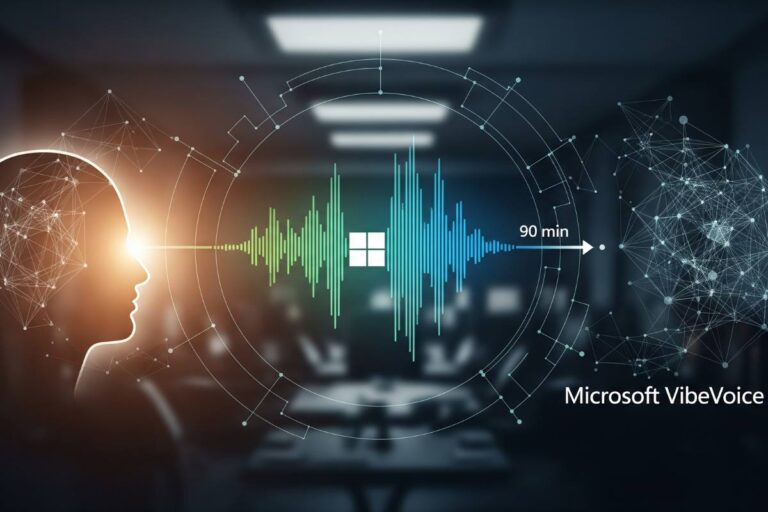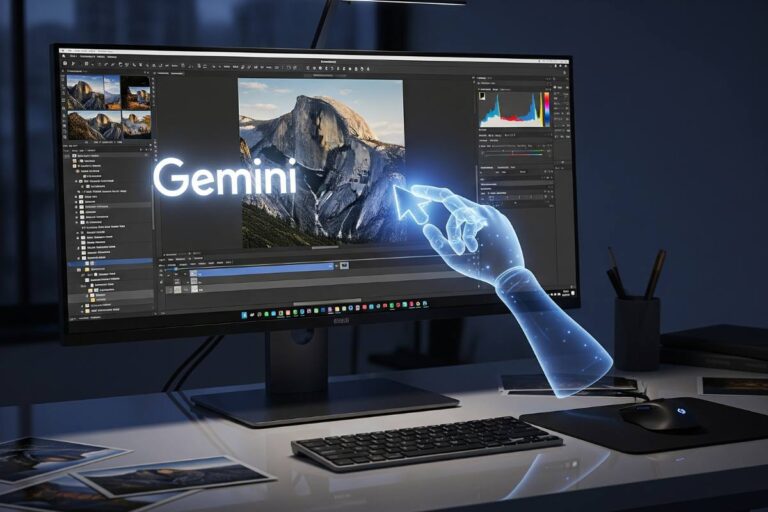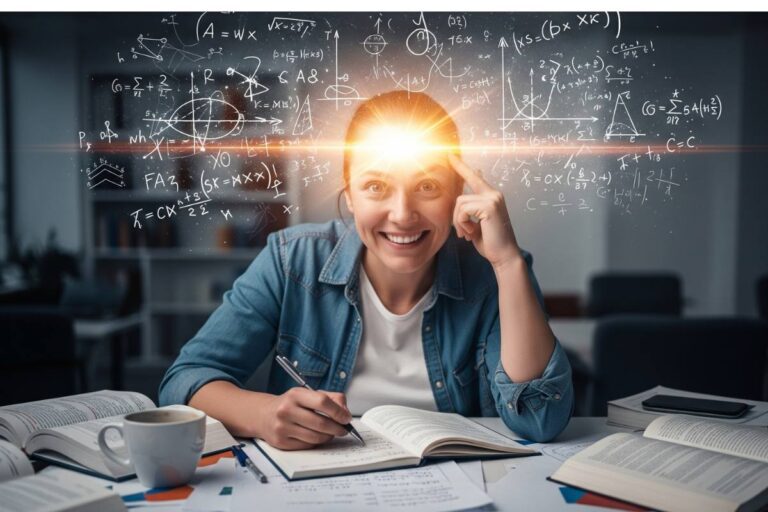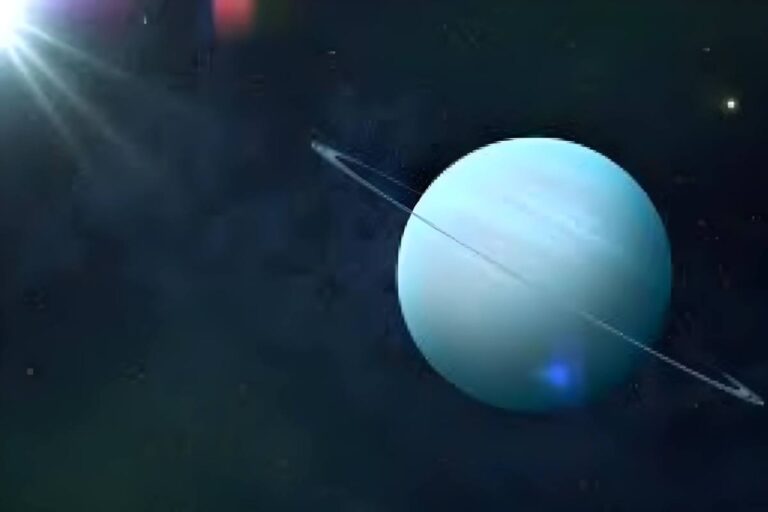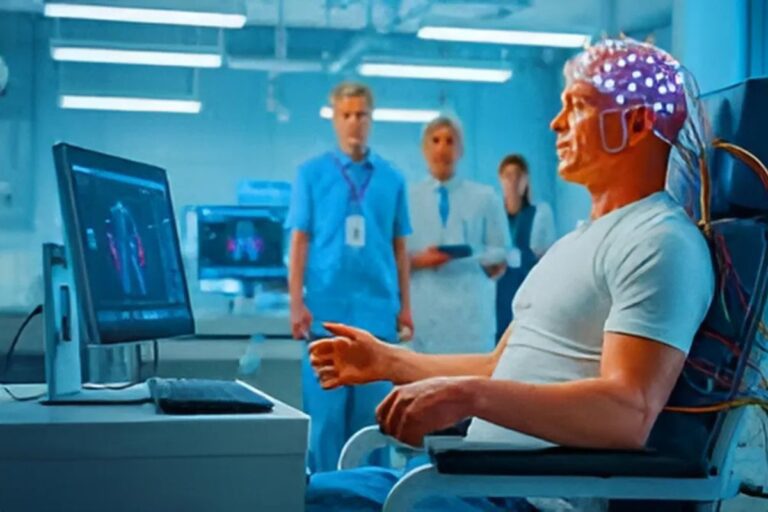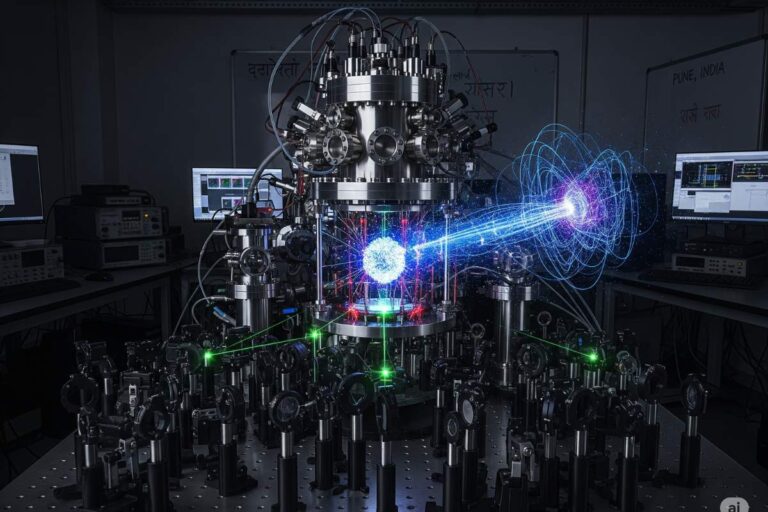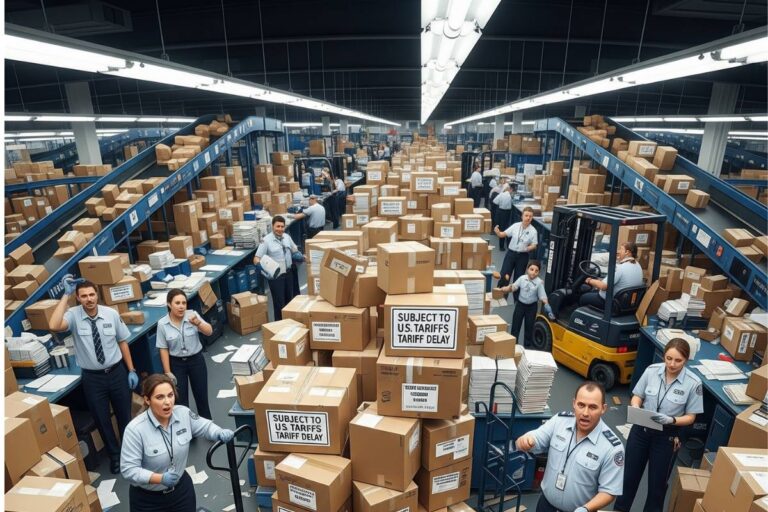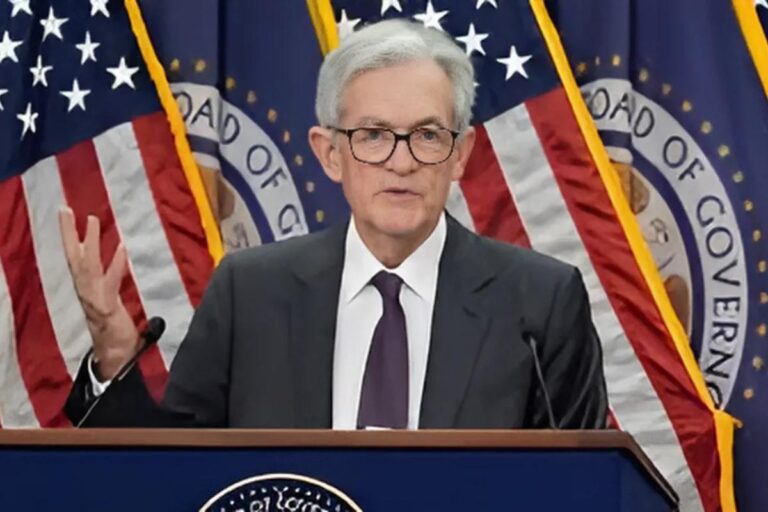A landmark study suggests that for the first time, artificial intelligence can create visual art that is not only indistinguishable from human work but is often even preferred by viewers. But here’s the kicker: the moment we know a machine is the artist, our appreciation plummets. This is changing everything we thought we knew about art, creativity, and what it means to be human.
Imagine you’re standing in a silent, brightly lit art gallery. On the wall in front of you hang two stunningly detailed images. One depicts a windswept coastal landscape, waves crashing with photorealistic spray. The other is an abstract burst of color, a chaotic yet harmonious composition that seems to vibrate with energy. One was created by a human artist, the product of years of training, a singular vision, and countless hours of labor. The other was generated by an artificial intelligence in mere seconds.
Can you tell which is which?
For decades, this question has been a theoretical curiosity, a thought experiment for a distant future. Well, that future is now here. According to a groundbreaking new study, we have officially reached a critical milestone in the history of technology and art. AI, it seems, has passed the “Aesthetic Turing Test.”
And the results are more complicated, more fascinating, and frankly, more human than anyone expected.
The Imitation Game, Reimagined for Art
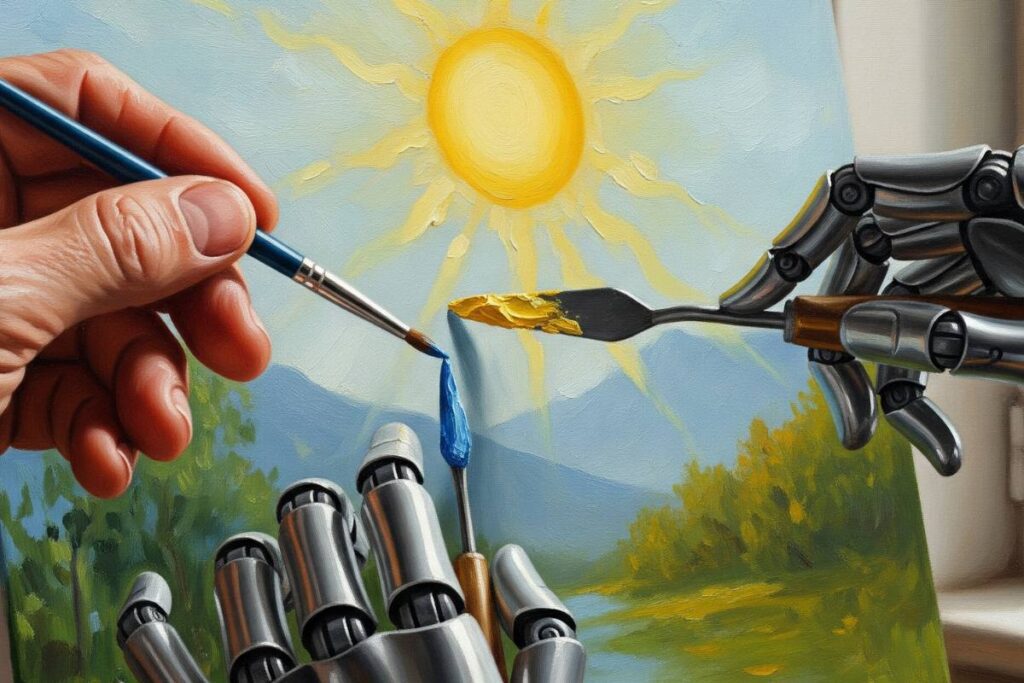
To really grasp the weight of this moment, we need to take a quick step back in time. All the way back to 1950 and the brilliant mind of Alan Turing, the father of modern computing. He proposed a simple experiment to answer a complex question: Can machines think?
It was called the “Imitation Game,” now famously known as the Turing Test. In it, a human judge holds a text-based conversation with two unseen entities, one human, one machine. If the judge can’t reliably tell which is the machine, the machine is said to have passed the test, demonstrating a human-like intelligence.
Funny thing is, for over 70 years, we’ve been applying this test to language. Now, researchers have adapted its spirit to a completely different, and perhaps more subjective, domain: art. The new question isn’t “Can it think?” but rather, “Can it create?” Can an AI produce something that we, as humans, find beautiful, compelling, and indistinguishable from the work of a human artist?
This is the essence of the Aesthetic Turing Test. And a team of researchers, including cognitive neuroscientist Edward A. Vessel, decided it was time to put it to a formal, rigorous test.
The Study: How a Machine Fooled the Human Eye
The experiment itself was elegant in its simplicity. The researchers used the powerful AI image generator Midjourney, specifically, its highly advanced version 5, to create a portfolio of digital images. They then sourced a collection of comparable artworks from human artists, pulling from platforms where contemporary artists showcase their work.
They were careful. They matched the AI and human art for subject matter and style, ensuring they were comparing apples to apples. The human art was top-tier, selected from platforms like Artstation and Behance, representing the kind of high-quality work you might see in a professional portfolio or a modern gallery.
Hundreds of participants were then brought in for the test. They were shown pairs of images, one AI-generated and one human-made, side-by-side. For each pair, they were asked three simple questions:
- Which image do you prefer?
- Which image do you find more visually complex?
- Which image do you think was created by an AI?
The results were, to put it mildly, staggering.
When it came to identifying the AI, the participants were completely stumped. Their guess rate hovered around 50%, the same as a random coin flip. Think about that for a second. Presented with the best of human digital art and the output of a machine, people simply could not tell the difference. The line, once so clear, had been irrevocably blurred. The AI had passed.
An Unexpected Twist: We Actually Like AI Art
But the revelations didn’t stop there. Here’s where the story takes another turn, one that might feel even more unsettling for human artists. When asked which image they preferred, participants leaned ever so slightly toward the AI-generated art.
It wasn’t a landslide victory, but it was consistent. The machine’s creations were often perceived as more visually complex, more detailed, and held a certain high-fidelity allure that people found appealing. A surprising twist, wasn’t it? For all our romantic notions about the human touch, when judging a piece of art on its surface-level aesthetics alone, its “wow” factor, the machine often had the edge.
AI image generators are, after all, masters of texture, light, and hyperrealism. They can render impossibly intricate details, blend colors with mathematical perfection, and create scenes that feel both dreamlike and tangibly real. This technical prowess, it seems, has a powerful pull on the human eye. We are drawn to the polish, the complexity, the sheer spectacle of it all.
For years, the critique of AI art was that it felt soulless, a collage of existing styles without a coherent vision. This study suggests that, at least visually, that era is over. The product, divorced from its process, now stands on its own. And it stands tall.
The Big Reveal: How Knowing the Truth Changes Everything
This is where the study delivers its most profound and, perhaps, most comforting insight. The researchers ran another version of the experiment. This time, they told the participants which image was made by an AI before asking for their preference.
And everything changed.
The moment an artwork was labeled “AI-generated,” its appeal plummeted. The slight preference for AI art didn’t just disappear; it inverted. People now strongly favor the human-made art. The very same images that were preferred moments before were now viewed with a kind of aesthetic suspicion.
What’s going on here? It’s a fascinating psychological quirk. It reveals that our relationship with art is about so much more than just the pixels on a screen or the paint on a canvas. The final product is only half the story.
We care deeply about the story behind the art. We value the sense of a human mind at work, of a person communicating something to us, an idea, an emotion, a perspective. We appreciate the implied journey: the artist’s struggle, their intention, their happy accidents, their years of practice. Art, for us, is a connection. It’s a message sent from one human consciousness to another.
Think of it like this: you could have a machine create a technically perfect replica of a love letter, with flawless grammar and beautiful calligraphy. But would it mean the same as a letter scrawled by a human hand, complete with a crossed-out word and a tear stain? Of course not. The perceived “intentionality” is what gives the object its soul.
When we learn that a piece of art was made by an AI, that perceived connection is severed. It no longer feels like a message from a fellow human, but rather the output of a complex algorithm. The magic, for many, is lost. It becomes a technological marvel, not a human expression. And in the world of art, that distinction is everything.
From State Fairs to Global Galleries: A Controversy in the Making
This study doesn’t exist in a vacuum. It provides hard data for a debate that has been raging in the art world for the past few years. You might remember the story from 2022. Jason Allen, a game designer from Colorado, entered an AI-generated image titled “Théâtre D’opéra Spatial” into the Colorado State Fair’s digital art competition.
And he won. First place.
The backlash was immediate and fierce. Artists felt cheated. Critics cried foul. The incident became a global headline, sparking a firestorm of debate. Was it a legitimate work of art? Or was it a clever technological shortcut that devalued the work of human creators?
Allen, for his part, argued that he was indeed the artist. He had spent weeks refining the text prompt, generating hundreds of images, and curating the final piece before using software to touch it up. The AI, he contended, was simply his brush. A very, very advanced brush.
This wasn’t an isolated incident. AI-generated works have been exhibited at prestigious venues like Art Basel and sold at major auction houses. The art world is grappling, in real-time, with how to categorize, evaluate, and even define these new creations. The findings from Vessel’s study now pour gasoline on that fire, confirming that the public’s perception is just as conflicted and complex as the experts’.
So, Is the Human Artist Obsolete?
This is the billion-dollar question, the one that causes a knot of anxiety in the stomach of every creative professional. If an AI can make art that is just as good as, or even preferred to, human art, are human artists doomed?
Believe it or not, the study offers a surprisingly optimistic answer: probably not.
In fact, it points toward the future. By revealing that we devalue art once we know its mechanical origins, the study highlights exactly what makes human art irreplaceable: the human. The story. The process. The provenance.
This suggests that the future of art won’t be a battle of humans versus machines. Instead, it will likely elevate the importance of the artists themselves. The narrative behind the work, the artist’s unique perspective, and the transparency of their process will become even more crucial selling points.
We may see a shift where art is valued less for its purely visual qualities and more for its conceptual depth and the story of its creation. It’s a world where an artist might say, “Yes, I used AI to generate these textures, but I spent 80 hours curating them and weaving them into a narrative that reflects my childhood memories.” The human element remains central; it just operates at a different level. The artist transitions from a craftsperson to a conductor, a curator, a visionary director of an incredibly powerful technological orchestra.
This has happened before, you know. When the camera was invented in the 19th century, portrait painters panicked. They feared their livelihood was over. Why would anyone sit for weeks for a painting when a photograph could capture a perfect likeness in minutes?
But painting didn’t die. It evolved. Freed from the burden of pure representation, painters explored new frontiers: Impressionism, Cubism, and Surrealism. The camera became a new tool, and art became more about expressing an inner world than replicating the outer one. AI may well be the “camera” of the 21st century, a disruptive technology that forces art to become more thoughtful, more conceptual, and, ironically, more human.
A New Definition of Art for a New Age
Ultimately, this entire revolution forces us to confront a question that philosophers have debated for centuries: What is art?
Is it the final, static object that hangs on the wall? Or is it the act of creation itself, the performance, the thought, the struggle? The Aesthetic Turing Test suggests the answer is a messy, beautiful combination of both.
We are entering an era where creativity is being redefined. The skills required of an “artist” are changing. Mastery may no longer be about brushstrokes or chisel marks, but about the art of the prompt, the nuance of curation, and the vision to guide a powerful algorithm toward a desired outcome.
The line between artist, curator, and technologist is dissolving. This isn’t an ending. It’s a transformation. We are standing at the edge of a new artistic movement, one where the collaboration between human and machine will unlock possibilities we can’t even yet imagine.
The conversation is just beginning. The gallery walls of the future might look very different, but they will still be filled with art that makes us feel, think, and connect. The only difference? We’ll just have to ask a new question: not just “Who is the artist?” but perhaps, “What is the artist?”








